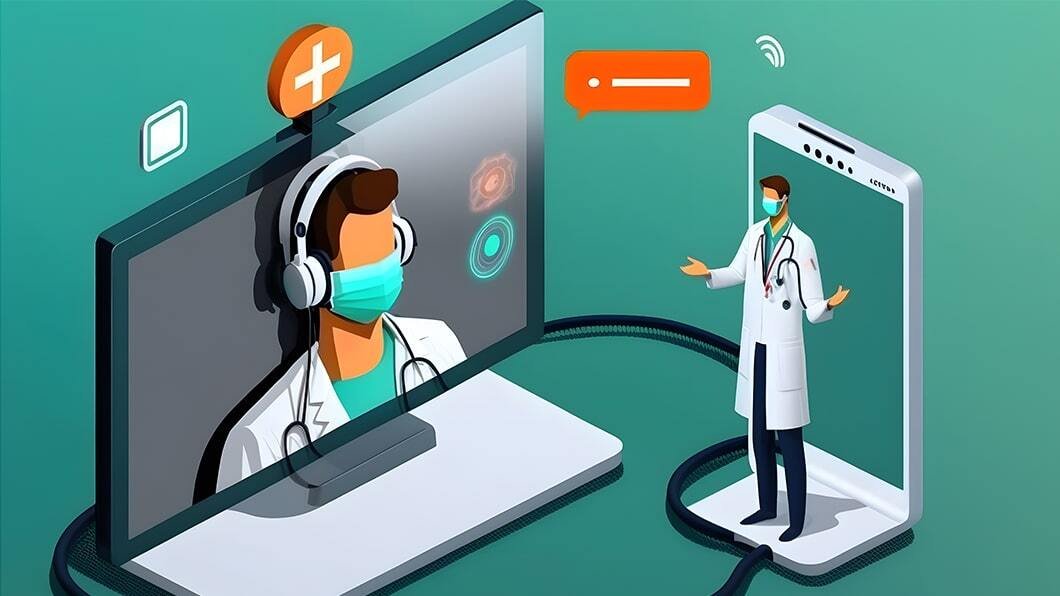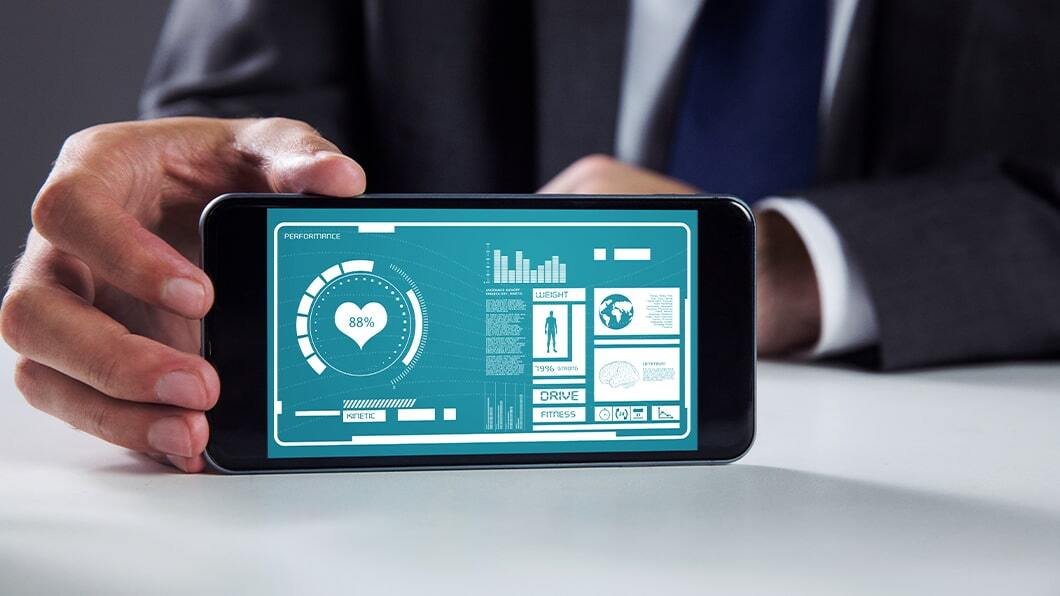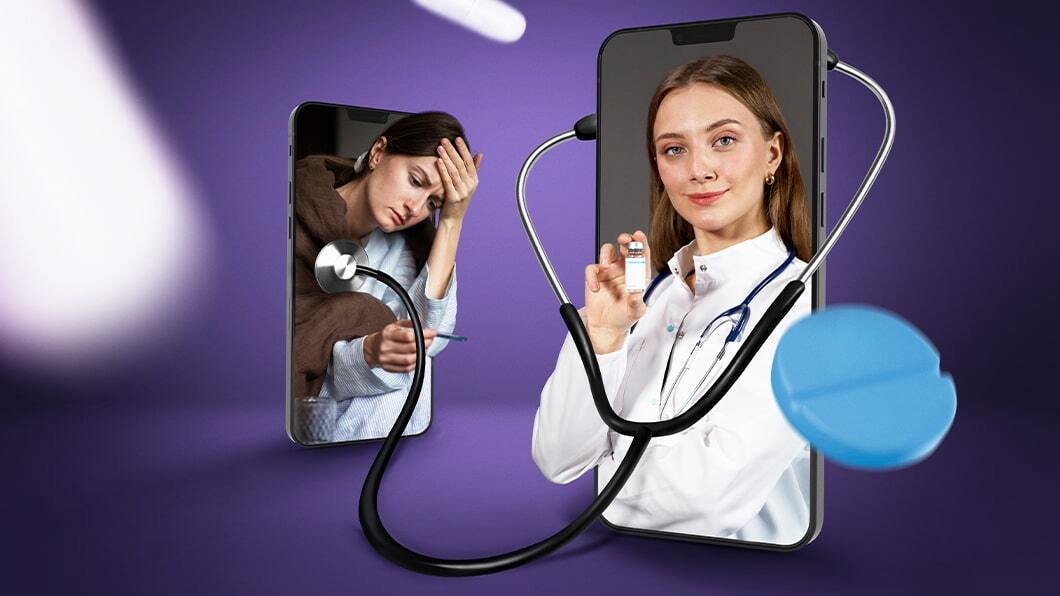
Telemedicine and Remote Healthcare Services
Advancements in technology have transformed the way healthcare services are delivered, making it more accessible and convenient for patients. Telemedicine and remote healthcare services have emerged as powerful solutions, enabling individuals to receive medical care remotely, without the need for in-person visits. In this article, we will explore the concept of telemedicine, its benefits, and its implications for the future of healthcare.
Understanding Telemedicine
Telemedicine refers to the delivery of healthcare services remotely, using technology such as video conferencing, telephone calls, or secure messaging platforms. It allows patients to consult with healthcare professionals from the comfort of their own homes or any other location, eliminating the need for travel and reducing wait times. Telemedicine is particularly beneficial for routine check-ups, follow-up appointments, managing chronic conditions, and accessing healthcare in underserved areas.
Benefits of Telemedicine
- Improved Access: Telemedicine breaks down geographical barriers, enabling patients in remote or rural areas to access healthcare services without the need for long-distance travel. It also benefits individuals with limited mobility, transportation challenges, or those who live in areas with a shortage of healthcare providers.
- Convenience and Time Savings: With telemedicine, patients can schedule appointments at their convenience, eliminating the need to take time off work or arrange transportation. It reduces wait times, as appointments can often be scheduled more promptly than in-person visits.
- Continuity of Care: Telemedicine ensures continuity of care by allowing patients to have follow-up appointments with their regular healthcare providers, even if they are unable to visit the clinic or hospital in person. This helps maintain a consistent treatment plan and facilitates ongoing monitoring of chronic conditions.
- Cost Savings: Telemedicine can result in cost savings for both patients and healthcare systems. Patients save on travel expenses, parking fees, and potential childcare costs. Healthcare systems benefit from reduced overhead costs associated with in-person visits and emergency room utilization.
- Enhanced Healthcare Management: Telemedicine enables remote monitoring of patients with chronic conditions through wearable devices or remote sensors. Healthcare providers can track vital signs, receive real-time data, and proactively intervene if necessary, leading to improved disease management and reduced hospital admissions.
Applications of Telemedicine

Telemedicine has a wide range of applications across various healthcare specialties, including:
- Primary Care: Routine check-ups, follow-up appointments, and general medical consultations can be conducted remotely, allowing primary care physicians to provide timely care and address non-urgent health concerns.
- Mental Health: Telemedicine has proven particularly effective in providing mental health support and counseling services. It offers a confidential and convenient platform for patients to receive therapy, consultations, and medication management.
- Specialty Care: Telemedicine allows patients to consult with specialists without the need for travel or long wait times. It facilitates access to expert opinions, second opinions, and ongoing care for chronic conditions.
- Remote Monitoring: Telemedicine enables the remote monitoring of patients’ vital signs, such as blood pressure, heart rate, and glucose levels. Healthcare providers can receive real-time data and intervene promptly if any abnormalities are detected.
- Urgent Care: In certain situations, telemedicine can be used for urgent care consultations. Patients can receive immediate medical attention, advice, and triage remotely, helping them determine if further in-person care is required.
Considerations and Challenges

While telemedicine offers numerous benefits, there are some considerations and challenges to be aware of:
- Technical Infrastructure: Access to reliable internet connectivity and appropriate devices is essential for successful telemedicine consultations. In areas with limited internet access or outdated technology, implementing telemedicine may be more challenging.
- Privacy and Security: Telemedicine platforms must adhere to stringent privacy and security protocols to ensure the confidentiality of patient information. Encryption, secure networks, and data protection measures are crucial to safeguard patient privacy during telemedicine consultations.
- Digital Divide: The digital divide refers to the gap in access to technology and digital resources between different populations. It can pose challenges to the widespread adoption of telemedicine, particularly in underserved communities or among elderly individuals who may have limited technological literacy.
- Diagnostic Limitations: While telemedicine is effective for many routine consultations and follow-ups, there are limitations when it comes to certain physical examinations and diagnostic procedures that require in-person evaluation. Healthcare providers must carefully determine which cases are appropriate for telemedicine and when an in-person visit is necessary.
- Reimbursement and Regulation: Telemedicine reimbursement policies and regulations vary by region and healthcare system. Ensuring adequate reimbursement for telemedicine services and addressing regulatory barriers are important to encourage healthcare providers to embrace and invest in telemedicine technologies.
- Patient-Provider Relationship: Building a strong patient-provider relationship is crucial for effective healthcare delivery. While telemedicine offers convenience, some patients may prefer face-to-face interactions with their healthcare providers. Balancing patient preferences and the benefits of telemedicine is important for patient satisfaction and engagement.
The Future of Telemedicine

Telemedicine is continuously evolving and holds great potential for the future of healthcare. With advancements in technology, increased internet accessibility, and improved telecommunication infrastructure, the scope of telemedicine will expand further. Artificial intelligence and machine learning algorithms can play a role in enhancing remote diagnostics and providing decision support to healthcare professionals during telemedicine consultations.
As telemedicine becomes more prevalent, it is vital to ensure equitable access to healthcare services, address regulatory challenges, and maintain high standards of patient privacy and data security. Collaboration between healthcare providers, policymakers, technology companies, and insurance providers is essential to foster the growth of telemedicine and maximize its benefits.
In conclusion, telemedicine and remote healthcare services have transformed the way healthcare is delivered, offering convenience, improved access, and cost savings for patients and healthcare systems. While certain considerations and challenges exist, the potential of telemedicine to enhance healthcare delivery, especially in underserved areas and for routine care, is significant. By embracing telemedicine and addressing its associated challenges, we can pave the way for a more accessible, efficient, and patient-centered healthcare system.

FAQs
1. Is telemedicine as effective as in-person consultations?
Telemedicine has been shown to be highly effective for many routine healthcare needs, follow-up appointments, and managing chronic conditions. However, there are certain cases where in-person consultations may be necessary for physical examinations or diagnostic procedures that cannot be conducted remotely.
2. How secure is telemedicine in terms of patient privacy?
Telemedicine platforms prioritize patient privacy and employ strict security measures to ensure the confidentiality of patient information. Encryption, secure networks, and adherence to privacy regulations are crucial in safeguarding patient data during telemedicine consultations.
3. Can telemedicine be used for emergency medical situations?
While telemedicine can provide immediate medical attention and triage in urgent situations, it is not suitable for handling life-threatening emergencies. In such cases, it is important to contact emergency services or visit the nearest healthcare facility.
4. Will insurance cover telemedicine consultations?
Many insurance providers now offer coverage for telemedicine services, but coverage may vary depending on the region and specific insurance plan. It is recommended to check with your insurance provider regarding telemedicine coverage and reimbursement policies.
5. What equipment or technology do I need for a telemedicine consultation?
For a telemedicine consultation, you typically need a device such as a smartphone, tablet, or computer with a stable internet connection. Some telemedicine platforms may require specific software or applications, which can usually be easily downloaded and installed.














